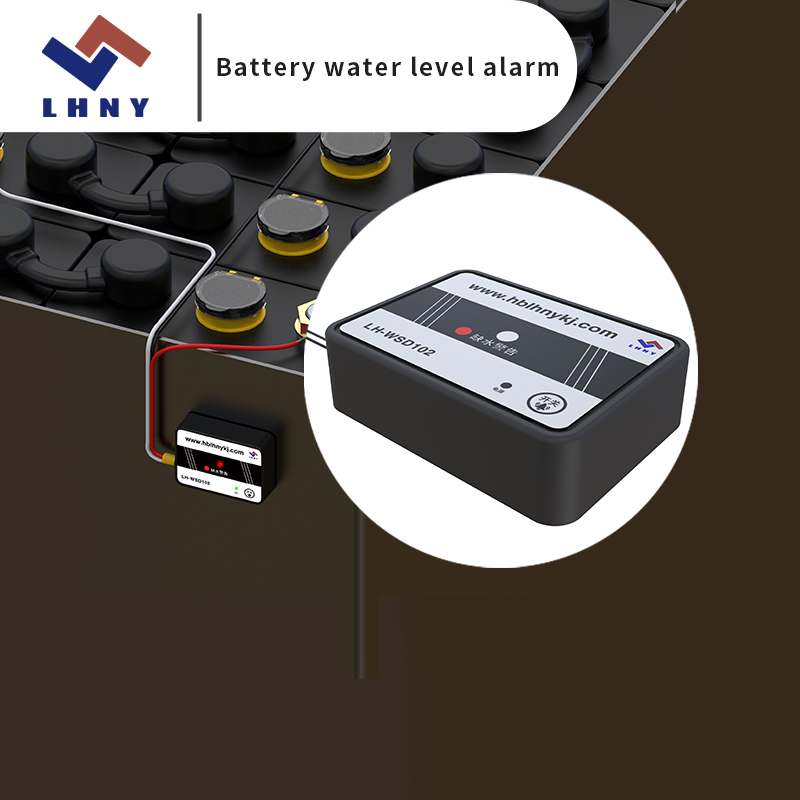I have been engaged in forklift battery maintenance-related industries for many years. Due to work reasons, I am often asked questions about forklift battery maintenance by friends around me in my daily life. Among them, the most controversial issue is: when to add water to the forklift battery, some say it should be added before the battery is charged, some say it should be added during charging, and some say it should be added after the battery is charged. Here is a unified answer to this question.
Effect of charging on battery level:
The liquid level in the battery changes before and after the battery is charged, which is also an important basis for us to regulate the time of adding water to the battery. Generally speaking, the liquid level in the battery will be 1 to 2 cm higher when the battery is fully charged than when it is deeply discharged. Therefore, we must avoid adding too much water (here is only distilled water or deionized water added in daily maintenance) before charging the battery, which will cause the electrolyte in the battery to overflow and lose the sulfuric acid solution during charging. This is why we say that it is best to add water after the battery is fully charged.
At the end of the charging process of the lead-acid battery, the temperature of the electrolyte rises and the flow accelerates, and even a slight boiling phenomenon occurs. As we all know, the battery electrolyte is a sulfuric acid solution. If distilled water is directly added to the sulfuric acid solution, there will be liquid stratification, and it will take a long time to mix the acid solution and distilled water. Using the electrolyte flow and slight boiling at the end of battery charging can help the electrolyte mix with the newly injected distilled water, which is the theoretical basis for adding water during battery charging.

When the water shortage of the lead-acid battery is serious, the battery plate has been exposed to the air in a large area, and the charging process will accelerate the sulfation of the exposed plate. This will cause even if water is added later for maintenance, some plates will not participate in the charge and discharge reaction due to sulfation, resulting in a decrease in battery capacity. This is the theoretical basis for adding water before charging the battery.
Summary of battery water maintenance time points:
When the maintenance of adding water to the battery is relatively timely, we generally only require the maintenance of adding water after the battery is fully charged. In this way, there is not much distilled water added each time, and the influence of not mixing it with the electrolyte in time is not great.
When the battery has not been filled with water for a long time and the battery liquid level has dropped below the battery lead grid, it is best to add some water before charging to make the electrolyte submerge the lead grid. Fill up the liquid level after charging is complete, and if necessary, perform equalized charging after replenishing water to repair part of the sulfation of the plate caused by water shortage.
Water maintenance at the end of battery charging can be considered the most scientific way of maintenance. However, in actual operation, there are certain safety hazards, and the water addition operation needs to be carried out twice, which will consume a lot of time, so this method is generally not used.
Of course, for battery water maintenance, now we have better solutions, such as the battery liquid level indicator, battery watering system, battery watering gun, etc., which are mainly operated by our company. They are all special tools for battery maintenance according to the pain points of forklift batteries in the market.
